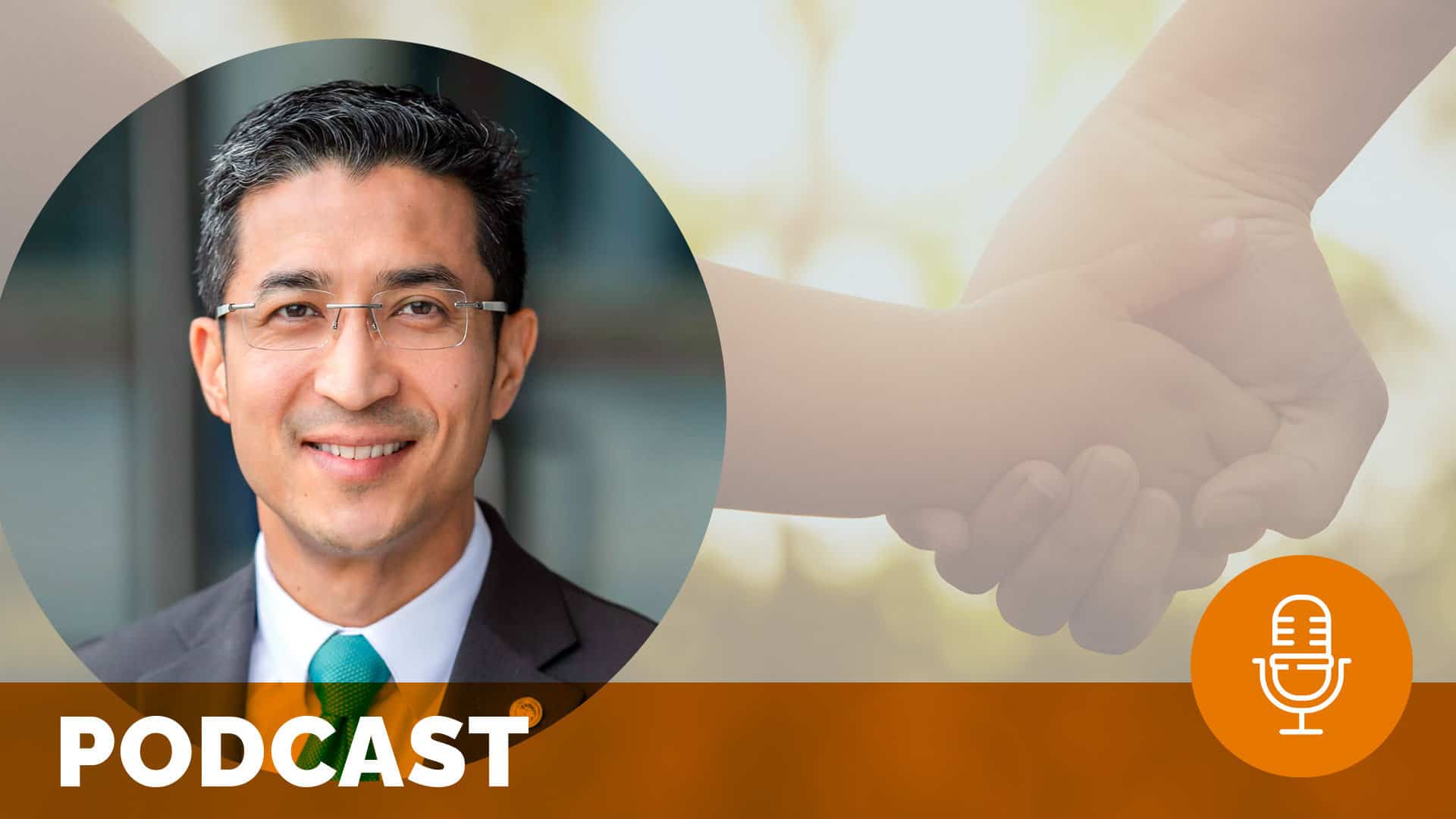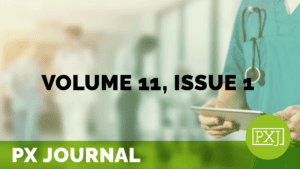A Conversation with Dr. Rasu Shrestha, Executive Vice President and Chief Strategy Officer of Atrium Health

An executive’s mission to create health, hope, and healing for all through intentional innovation and technology practices. When thinking about innovation in healthcare, Dr. Shrestha has a powerful perspective grounded in the mission of positively impacting human experience. He depicts how vital it is for innovation and technology to be applied in an intentional, focused, and urgent manner. New concepts cannot be successful, without first understanding how they will drive forward the overall mission of the organization.
Related content
-
 Innovation & Technology | Policy & Measurement
Innovation & Technology | Policy & MeasurementImplementing the Most Significant Change Methodology: Measuring the Impact of Practice-Based Research and Innovation (PBRI) through a Self-Narrative
This paper explores the PBRI Innovation Fellowship, which provides an opportunity for health professionals to identify and lead an innovative quality improvement project to bridge an evidence-to-practice gap that will lead to improved health care practice and patient experiences.
Learn more -
 Infrastructure & Governance | Innovation & Technology
Infrastructure & Governance | Innovation & TechnologyAt the Ready! An Innovative Volunteer Float Pool and Its Positive Ripple Effects
2pm ET / 1pm CT / 12pm MT / 11am PT – Have you ever faced an urgent request from a colleague, knowing the perfect volunteer to fill their request but unsure if they are onboarded, trained, and available? This session will explore the creation and implementation of the “At the Ready!” volunteer float pool
Learn more -
 Innovation & Technology
Innovation & TechnologyAcceptability of a New Remote Monitoring Service for Patients with COVID-19 Infection using Wearable BioStickers™: A Mixed Methods Study
The COVID-19 pandemic saw rapid adoption of telehealth, including remote patient monitoring (RPM). There is limited evidence about how patients and staff experience such services in New Zealand. This study aimed to understand the acceptability of the RPM experience, particularly for Maori and Pacific peoples, and identify strengths, gaps, and limitations to inform future delivery
Learn more
